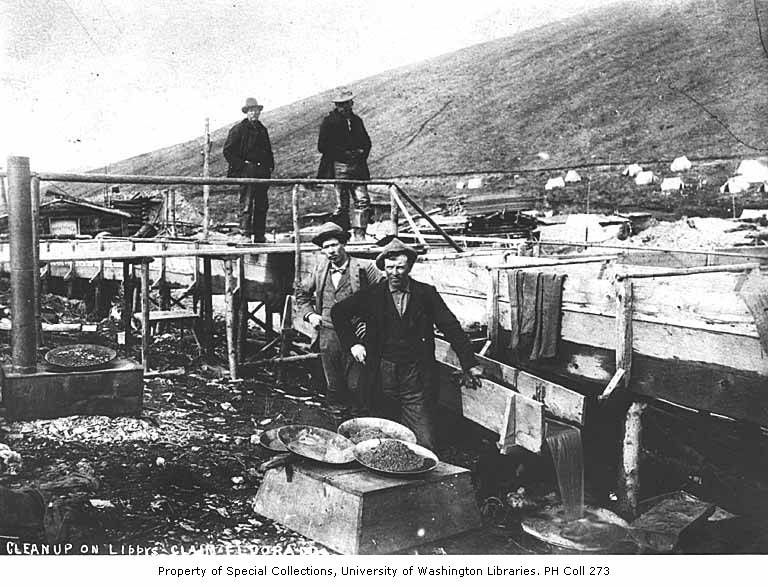The Birthplace of Wine

Picture this: wine flowing long before the first stones of Rome were laid or the temples of Greece were built. Georgia’s claim as the birthplace of wine isn’t just a proud boast—it’s supported by archaeological findings that have stunned the world. In the Kakheti region, scientists recently uncovered ancient clay vessels called qvevri, stained with remnants of wine, and dated to roughly 8,000 years ago. These discoveries have pushed back the timeline of organized winemaking by centuries, if not millennia. The country’s lush valleys and mild climate created a natural playground for early viticulturists, letting vines thrive where few others could. Experts like Dr. David Lordkipanidze, director of the Georgian National Museum, have called these findings “a major chapter in the history of human civilization.” For many Georgians, these roots aren’t just about pride—they’re a living, breathing part of daily life, shaping everything from cuisine to customs.
Traditional Winemaking Techniques

Walk through a Georgian vineyard, and you’ll spot something that looks almost otherworldly: great, egg-shaped clay jars buried to their necks in the earth. These are qvevri, and they’re at the heart of Georgia’s ancient winemaking process. Unlike the gleaming steel tanks of modern wineries, qvevri allow wine to ferment and age in the cool darkness underground, protected from the elements. This technique produces wines with earthy, robust flavors and often a slight tang, unlike anything you’ll find elsewhere. Many families still make wine at home, using methods handed down for generations—stomping grapes by foot, using wild yeasts, and never rushing the process. Oenologists say this “minimal intervention” style lets the true character of each grape shine. In 2024, UNESCO reaffirmed its recognition of the qvevri method as Intangible Cultural Heritage, highlighting its continued relevance in the modern world.
The Diversity of Georgian Grapes

Georgia is a treasure trove for grape enthusiasts, boasting more than 500 native varieties—a number that dwarfs what’s found in most other wine-producing countries. Saperavi, a deep red grape, is famed for making hearty, inky wines with rich berry flavors and surprising backbone. Rkatsiteli, a crisp, aromatic white, remains a staple at tables across the country. Other varieties, like Mtsvane and Kisi, offer notes ranging from wildflowers to tart green apple. This diversity isn’t just for show; it’s a living library, allowing winemakers to experiment and adapt to shifting tastes and climates. According to the Georgian Wine Association’s 2024 report, over 40 rare grape varieties have seen commercial revival in the last two years. Each grape is shaped by the region’s variable soils and microclimates, giving even neighboring vineyards unique personalities in their bottles.
The Role of Wine in Georgian Culture

Wine in Georgia isn’t just a drink—it’s the soul of the nation. At every supra, or traditional feast, wine flows freely as stories, songs, and toasts fill the air. The tamada, a designated toastmaster, leads the proceedings, weaving together heartfelt speeches and clever jokes as cups are raised in honor of guests, ancestors, and life itself. Sharing wine is a symbol of hospitality, a way of welcoming strangers as friends. Families often keep a bottle of homemade wine on hand for unexpected visitors, a testament to the warmth of Georgian culture. Recent surveys show that over 80% of Georgians participate in home winemaking or know someone who does. As one local proverb goes, “Guest is a gift from God”—and no gift is complete without a glass of Georgia’s best.
Modern Developments in Georgian Winemaking

The last few years have brought a wave of fresh energy to Georgia’s wine scene. Young winemakers, many trained abroad, are returning home to experiment with blending traditional methods and modern innovations. Stainless steel tanks and temperature-controlled fermenters now stand side-by-side with buried qvevri in many wineries. Producers are investing in organic and biodynamic farming, responding to global demand for natural, responsibly made wines. According to the National Wine Agency’s 2024 statistics, Georgian wine exports have increased by 15% over the previous year, with new markets opening in Japan, the UK, and the US. Award-winning bottles from Georgia have turned heads at international competitions, boosting the country’s profile on the world stage. Yet, at the heart of this boom, most winemakers stress the importance of honoring tradition while embracing the future.
Wine Tourism in Georgia

Georgia has rapidly become a magnet for wine-loving travelers seeking something different from the classic Bordeaux or Napa experience. Visitors are greeted with rolling vineyards set against dramatic mountain backdrops, and every tasting is paired with stories and songs. In Kakheti, the country’s main wine region, boutique wineries offer hands-on experiences—guests can pick grapes, stomp them barefoot, and sample wine straight from the qvevri. The government’s 2024 tourism initiative poured new funding into wine routes, updated signage, and multilingual guides, making it easier than ever to explore. Local tourism boards reported a 12% increase in wine-focused travel this past year, with many visitors coming from neighboring countries and as far as North America and Western Europe. Georgia’s unique blend of history, hospitality, and adventure leaves a lasting impression on everyone who visits.
The Impact of Climate Change

As global temperatures shift, Georgia’s winemakers are finding themselves on the front lines of climate adaptation. Warmer springs and unpredictable rainfall can threaten the delicate balance needed for high-quality grapes. Some regions have seen harvest times move earlier, while others battle new pests and diseases. In response, many producers are experimenting with drought-resistant grape varieties and adjusting their vineyard management practices. The Georgian Wine Association’s 2025 climate report noted a 9% increase in vineyards certified for sustainable practices compared to the previous year. Farmers are also investing in smarter irrigation and soil health initiatives to maintain yields and quality. Despite the challenges, there’s a sense of resilience—winemakers see themselves as stewards of an ancient tradition, determined to pass it on, no matter what the climate throws their way.
Celebrating Georgian Wine Festivals

Wine festivals in Georgia are nothing short of spectacular—colorful, noisy, and bursting with joy. The Tbilisi Wine Festival, held every spring, draws thousands of locals and tourists to sample the best bottles from across the country. Stalls line the city’s old streets, offering everything from crisp whites to hearty reds, paired with local cheeses and breads. Folk musicians and dancers add to the festival atmosphere, turning every tasting into a mini-celebration. In 2025, organizers expect record attendance, thanks in part to renewed international interest and expanded marketing efforts. Smaller regional festivals, like the Rtveli harvest celebration, give visitors a chance to experience age-old rituals—stomping grapes, singing harvest songs, and sharing homemade feasts. These events aren’t just about wine—they’re about connecting with Georgia’s soul.
The Global Rise of Georgian Wine

Once a hidden gem, Georgian wine has been making waves on the global stage in recent years. Bottles from small, family-owned wineries are now popping up on shelves in Europe, Asia, and America, often winning awards for their unique flavors and ancient pedigree. The interest isn’t just about novelty; sommeliers and critics praise the authenticity and variety of Georgian wines. In 2024, exports hit a new high, with nearly 120 million bottles shipped abroad—an 18% increase from the previous year, according to official export data. Major wine publications have featured Georgian producers in their annual “Top Wines” lists, further fueling demand. Wine educators and bloggers are leading tours and tastings, helping to decode the sometimes-intimidating world of Georgian grape names and winemaking terms for new fans worldwide.
The Future of Georgian Wine

Looking ahead, Georgia’s wine industry is poised for even greater heights. Investments in modern technology and infrastructure are making it easier to reach global markets without sacrificing the artisanal touch that sets Georgian wines apart. Young entrepreneurs are starting wineries, experimenting with rare grape varieties, and collaborating with international experts. Sustainability is a growing focus, with more vineyards implementing organic and eco-friendly practices every year. Educational programs, both at home and abroad, are teaching a new generation about the importance of preserving Georgia’s wine heritage. The sense of excitement is palpable—winemakers, farmers, and fans alike believe the best chapters in Georgia’s wine story are yet to be written.







